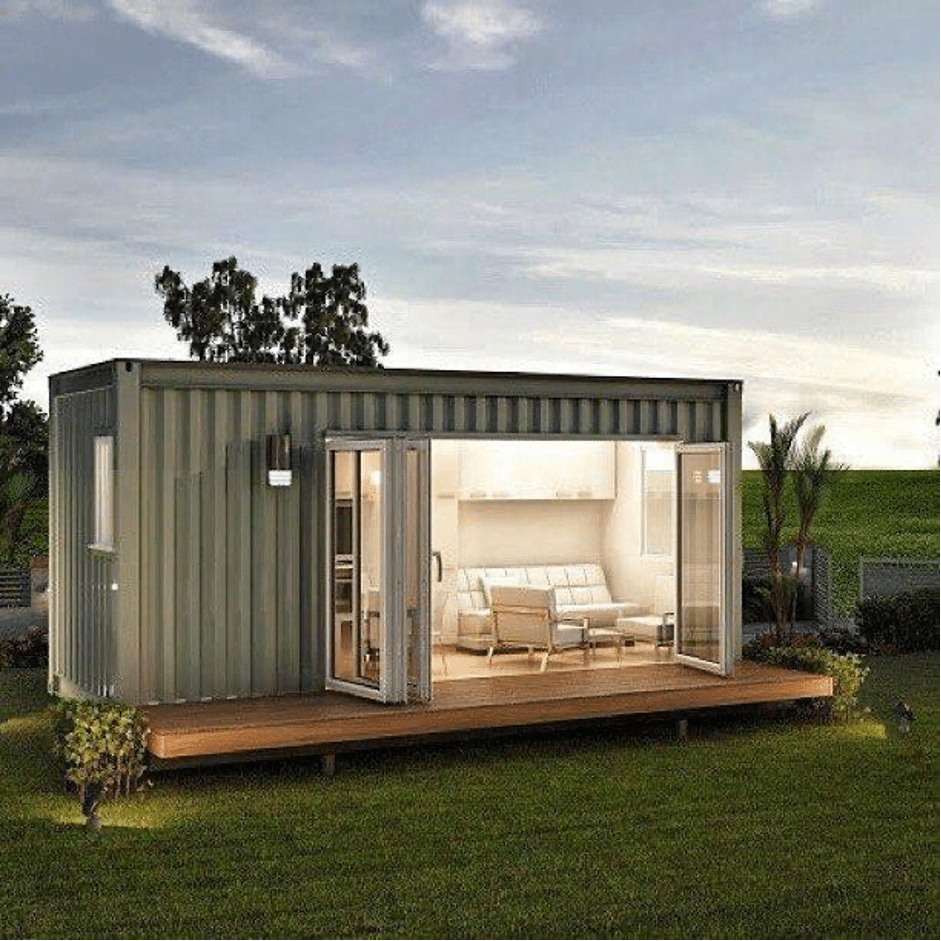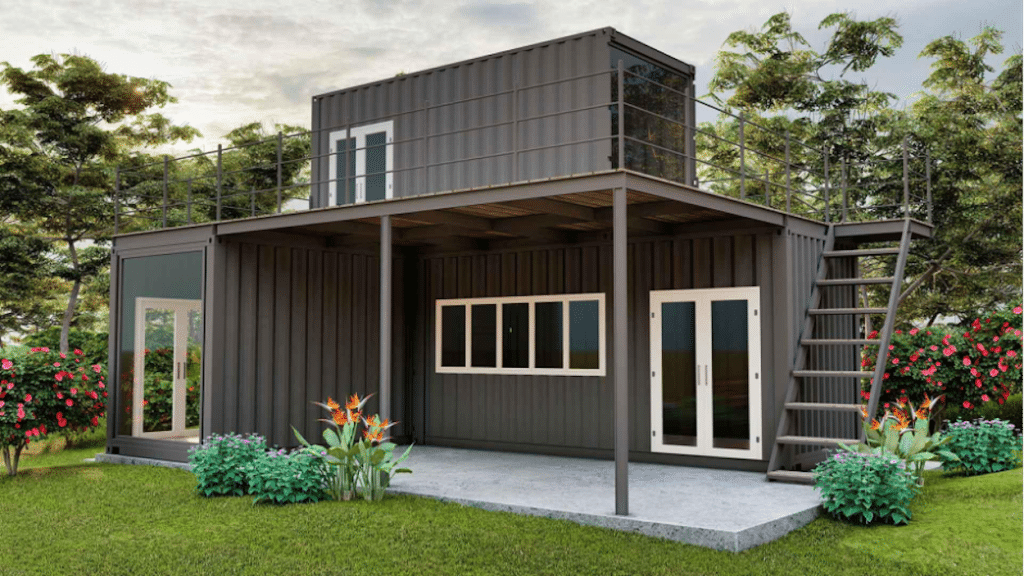In a world where sustainability is becoming increasingly crucial, innovative solutions are emerging to address the environmental challenges we face. One such solution gaining popularity is the repurposing of shipping containers into homes. Beyond their utilitarian origins, these containers are being transformed into eco friendly living spaces that offer a multitude of benefits. In this blog post, we will delve into the advantages of choosing a shipping container home and how it aligns with the principles of sustainable living.
Environmentally Friendly Construction
The primary appeal of shipping container homes lies in their eco-friendly construction. Repurposing these containers reduces the demand for traditional building materials such as bricks and concrete; which are resource-intensive and contribute significantly to environmental degradation. By using recycled shipping containers, we can minimize the ecological footprint associated with new construction.
Cost-Effective Housing
Building a traditional home can be a costly endeavor, from purchasing raw materials to labor expenses. Shipping container homes offer a cost-effective alternative. The containers themselves are relatively inexpensive and their modular nature allows for efficient construction, reducing labor costs. Additionally, repurposing existing containers reduces the need for extensive structural work, further lowering the overall construction expenses.
🌟 Are you drowning in clutter or in need of extra space? Look no further! Our storage containers for sale are the answer to your organizational dreams. 🌟
Rapid Construction and Flexibility
Traditional construction projects can take months or even years to complete. In contrast, shipping container homes can be assembled in a fraction of the time. The modular design of the containers allows for quick and efficient construction, making them an ideal solution for those seeking a speedy housing option. This rapid construction is particularly advantageous in emergency situations or when quick housing solutions are needed.
Versatility in Design
Shipping container homes are not only cost-effective and eco-friendly but also versatile in design. The modular nature of these containers allows for creative and customizable layouts. Homeowners can stack and arrange containers in various configurations to create unique living spaces. This versatility appeals to those who desire a home that reflects their individuality while adhering to sustainable practices.
Energy Efficiency
Container homes can be designed with energy efficiency in mind. With proper insulation and ventilation, these homes can maintain comfortable temperatures year-round, reducing the need for excessive heating or cooling. Additionally, the compact design of shipping container homes can be optimized for energy-efficient appliances and fixtures, further lowering energy consumption and utility costs.
Mobility and Portability
Shipping container homes are inherently portable, providing an unconventional but appealing housing solution for those with a nomadic lifestyle. Whether it’s due to work opportunities, a desire for adventure, or a commitment to minimizing one’s environmental impact, the ability to transport your home offers a unique and flexible living arrangement.

Durable and Resilient
Shipping containers are designed to withstand the harsh conditions of ocean travel, making them inherently durable and resilient. This durability translates well to their repurposed use as homes, offering structural strength that can withstand extreme weather events. Container homes are an excellent option for areas prone to earthquakes, hurricanes, or other natural disasters.
Reduced Carbon Footprint
Choosing a shipping container home contributes to the reduction of carbon emissions. By repurposing existing containers, the need for manufacturing new construction materials is diminished. Additionally, the energy required to melt down and recycle steel, the primary material in shipping containers, is significantly lower than the energy needed to produce new steel. This reduction in manufacturing and energy consumption contributes to a lower overall carbon footprint.
Conclusion: Shipping container homes exemplify a harmonious blend of sustainability, affordability and innovative design. As the world grapples with environmental challenges, embracing alternative housing solutions becomes imperative. These homes not only repurpose existing materials but also offer a versatile and unique living experience. From rapid construction and energy efficiency to reduced costs and portability; the benefits of shipping container homes extend far beyond their initial purpose. As we navigate the path towards a more sustainable future, these homes stand as a testament to the possibilities of reimagining our living spaces in environmentally conscious ways.
